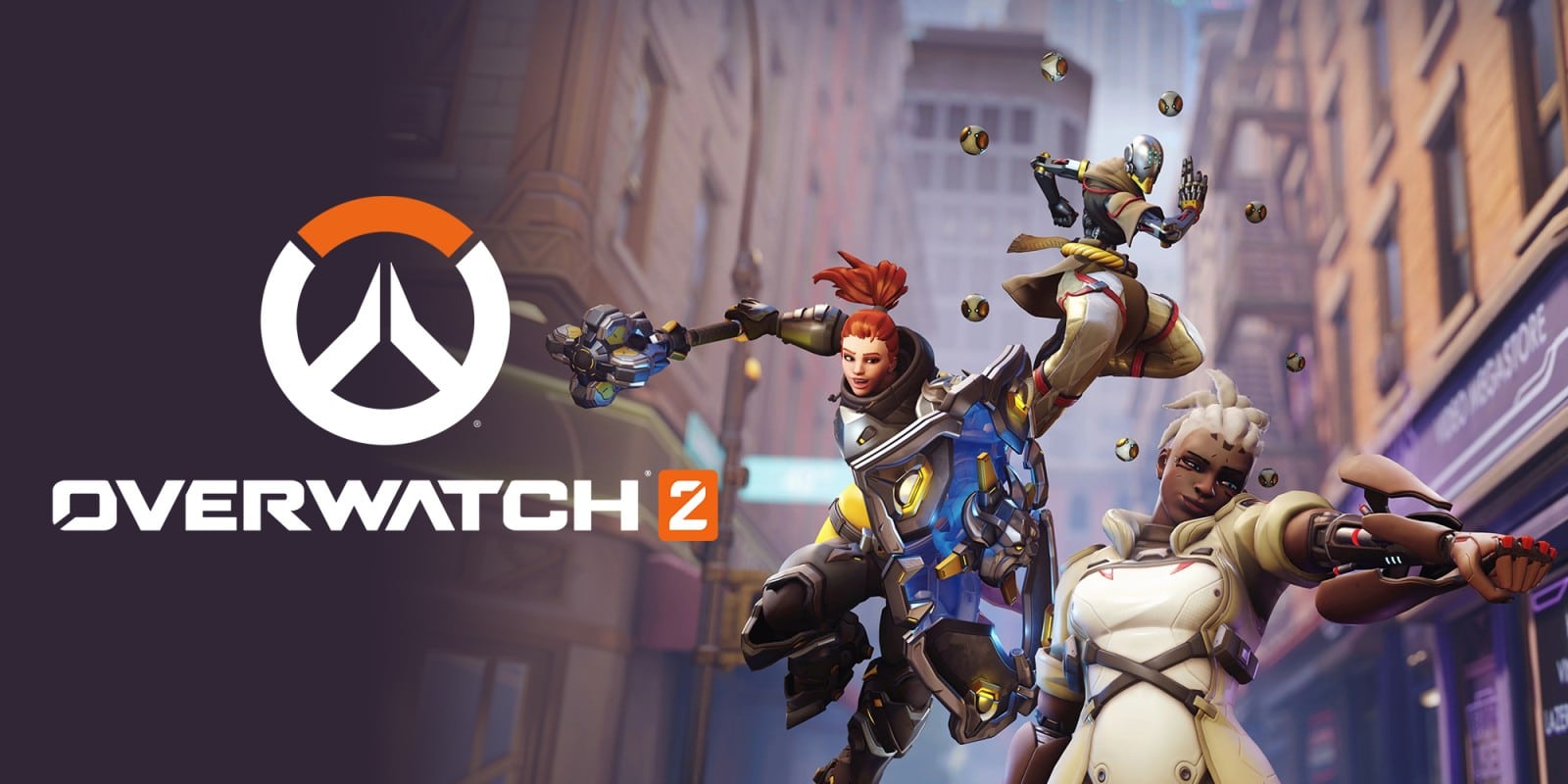
Summary:
Overwatch 2’s journey on Nintendo Switch has been a tale of innovation and challenges. With a focus on cross-platform performance, Blizzard has navigated through obstacles to bring forth an optimized gameplay experience. This article delves into the technical intricacies encountered during the game’s early access phase, particularly in the realm of PVE content development. The challenges of memory management for PVE on the Switch have led to the creation of new tools and strategies. Senior Game Designer Dylan Snyder sheds light on the process, emphasizing the complexities and the unique impact of Switch optimization on overall gameplay. This piece unveils Blizzard’s commitment to enhancing performance, making Overwatch 2 a seamless experience on the Nintendo Switch platform.
Optimizing Overwatch 2 Performance
In the world of gaming, the intersection of innovation and optimization is a dynamic realm. Such is the case with Overwatch 2’s journey on the Nintendo Switch, where Blizzard’s commitment to providing a cross-platform, seamless gameplay experience shines. Navigating through challenges and implementing groundbreaking strategies, the game’s developers have left no stone unturned in enhancing its performance on the popular console.
Blizzard’s Commitment to Nintendo Switch
The journey began with Blizzard’s dedication to making Overwatch 2 accessible on various platforms. The inclusion of the Nintendo Switch meant tackling unique challenges to ensure gameplay consistency and enjoyment across the board.
Challenges Faced During Early Access
PVE Content Development
The Early Access phase of Overwatch 2’s Switch version marked the onset of challenges, particularly concerning Player vs. Environment (PVE) content. The development team had to devise new tools and systems to address memory clean-up—a crucial aspect for seamless gameplay.
Memory Clean-up for PVE
Senior Game Designer Dylan Snyder shed light on the intricacies of memory management. For PVE maps, Blizzard needed to implement a series of tricks to optimize performance. Unlike PVP maps, where elements are constantly active due to player presence, PVE maps demanded a different approach.
Strategies for Efficient Memory Management
Blizzard’s development team had to think creatively to optimize memory usage effectively. The strategy included closing off map sections and unloading components as needed. These tactics ensured that resources were utilized efficiently, resulting in smoother gameplay.
Overcoming Technical Hurdles
Unloading Map Sections
A standout technique was the segmentation of maps into sections. By unloading inactive sections, the game’s memory footprint was significantly reduced, allowing for smoother performance during PVE scenarios.
PVE vs. PVP Optimization
Snyder’s insights highlighted the stark differences between optimizing PVE and PVP scenarios. While the latter remains consistently active due to player presence, PVE presented the challenge of managing memory usage dynamically based on gameplay progression.
Nintendo Switch’s Impact on Cross-Platform Performance
The Nintendo Switch’s compatibility played a significant role in shaping Overwatch 2’s cross-platform performance. Snyder noted that if the game performs well on the Switch, it inherently translates to better performance on other platforms—a testament to the console’s unique impact.
Insights from Senior Game Designer Dylan Snyder
Snyder’s insights unveiled the complexities of PVE development on the Switch. The need for innovative memory management techniques underscored the dedication required to deliver a seamless gameplay experience.
The “Nice Bottleneck”
Interestingly, Snyder referred to the Switch’s optimization challenge as a “nice bottleneck.” This term highlighted how overcoming Switch-specific challenges could inadvertently lead to optimized performance on other platforms as well.
Optimizing Overwatch 2 for Switch Compatibility
The developers’ dedication to Switch optimization was palpable. Despite the challenges, Blizzard’s commitment to providing an exceptional gameplay experience on the console remained unwavering. Through strategic memory management and innovative solutions, Overwatch 2’s gameplay performance on the Nintendo Switch has seen substantial improvement. Blizzard’s ongoing efforts to refine the experience underscore their commitment to player satisfaction.
Future Prospects and Commitment to Switch Optimization
The journey to optimize Overwatch 2 on the Nintendo Switch is far from over. Blizzard’s dedication to continuous improvement ensures that players can look forward to a seamless and immersive experience.
Conclusion
In the ever-evolving landscape of gaming, Overwatch 2’s optimization journey on the Nintendo Switch stands as a testament to innovation and dedication. The challenges faced, the techniques employed, and the commitment to cross-platform performance all contribute to a gameplay experience that is both captivating and immersive.
FAQs:
- 1. Q: How did Blizzard address memory management challenges on the Nintendo Switch?
- A: Blizzard developed innovative memory clean-up techniques, including unloading map sections and dynamic memory allocation.
- 2. Q: What was the impact of Nintendo Switch optimization on cross-platform performance?
- A: Nintendo Switch optimization positively affected performance across all platforms, showcasing the console’s unique role.
- 3. Q: How did Senior Game Designer Dylan Snyder characterize the challenges faced?
- A: Snyder referred to the optimization challenge as a “nice bottleneck,” emphasizing the positive impact on overall performance.
- 4. Q: What strategies were employed to optimize PVE content on the Switch?
- A: Strategies included segmenting maps into sections and dynamically managing memory usage based on gameplay progression.
- 5. Q: How does Blizzard’s commitment to Switch optimization enhance gameplay on the console?
- A: Blizzard’s dedication to optimizing memory management leads to smoother gameplay, enhancing the overall gaming experience.













